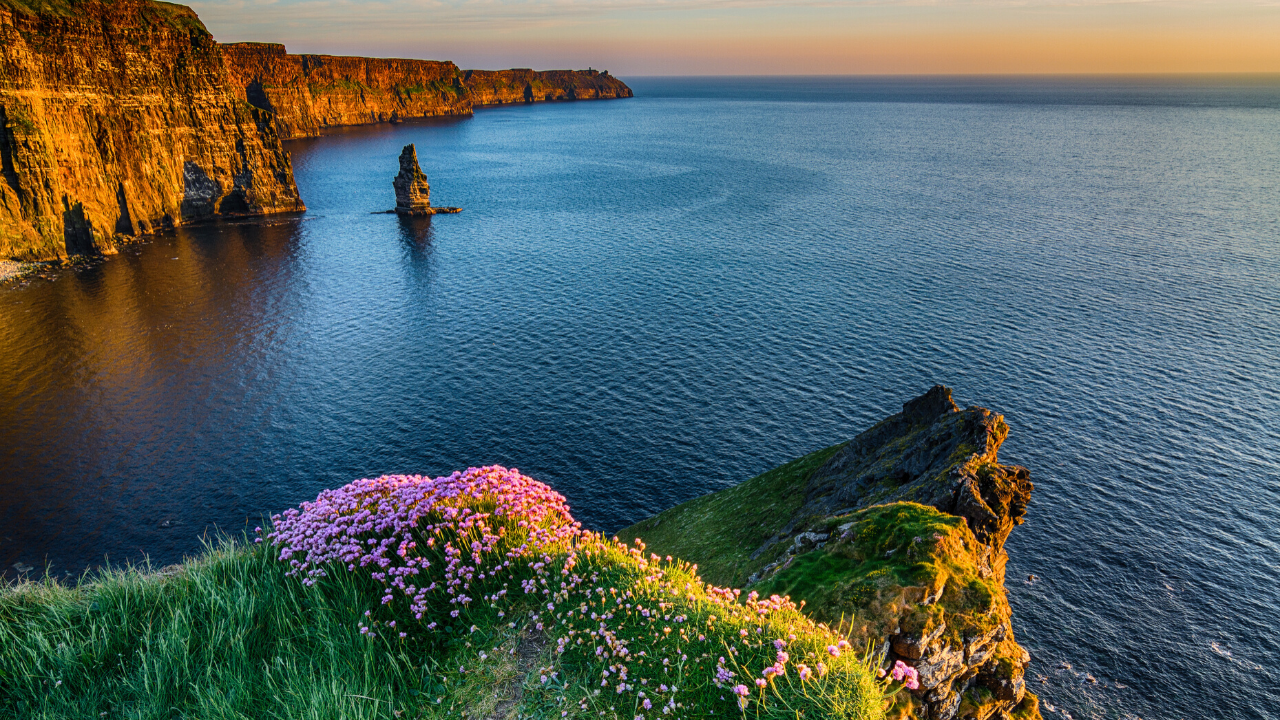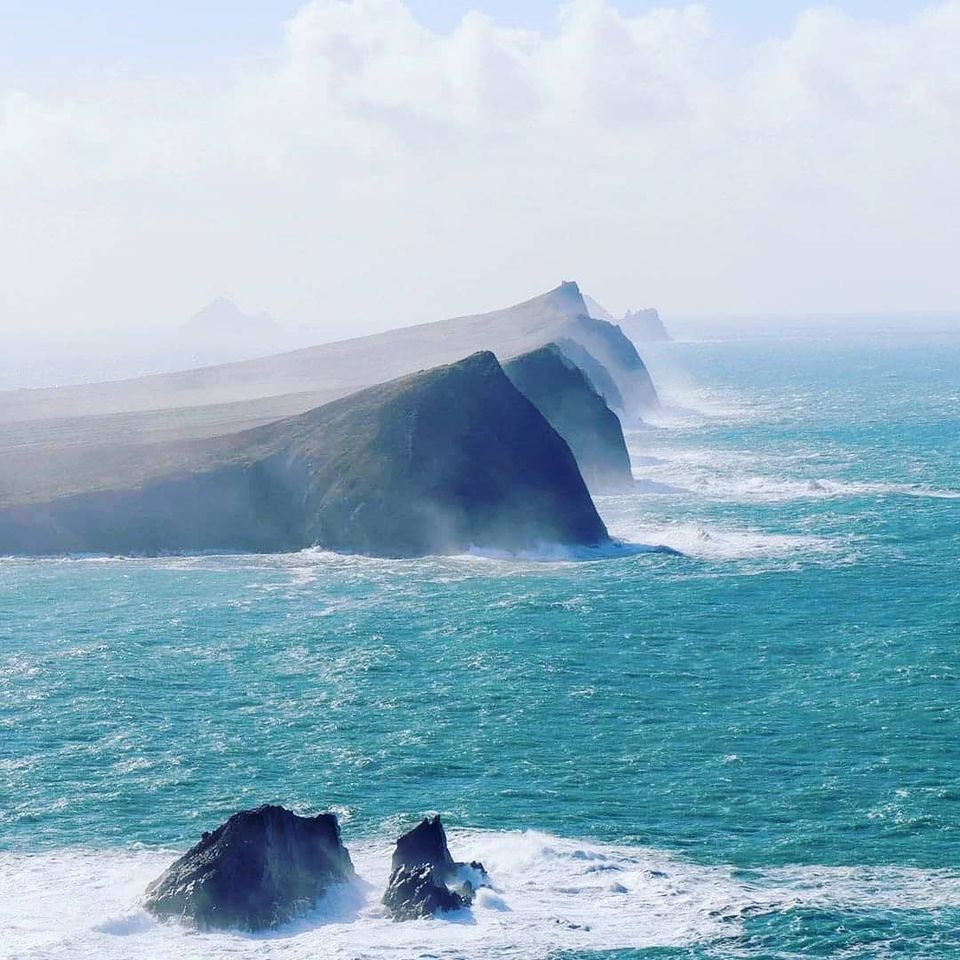County Galway | Things to See and Do

Galway City
Kylemore Abbey
Connemara National Park
Aran Islands
Inishbofin Island
Clifden
Salthill
Galway Races
Galway City
Top 10 Things to do in GALWAY, Ireland
Galway, a harbour city on Ireland’s west coast, sits where the River Corrib meets the Atlantic Ocean. The city’s hub is 18th-century Eyre Square, a popular meeting spot surrounded by shops and traditional pubs that often offer live Irish folk music. Nearby, stone-clad cafes, boutiques and art galleries line the winding lanes of the Latin Quarter, which retains portions of the medieval city walls.
Kylemore Abbey, Connemara County Galway
Kylemore Abbey (Irish: Mainistir na Coille Móire) is a Benedictine monastery founded in 1920 on the grounds of Kylemore Castle, in Connemara, County Galway, Ireland. The abbey was founded for Benedictine Nuns who fled Belgium in World War I. The current Mother Abbess of the Benedictine Community is Marie Hickey.
Directions for getting to Kylemore Abbey and Walled Garden.
Kylemore Abbey is located in Connemara, Co. Galway, West of Ireland. Situated on the N59 between Clifden and Westport, it is easily accessible from Shannon, Galway City, Clifden, Cong and Westport. Please Contact the Galway Bus Station for regional buses that can bring you to the nearby town of Clifden or to Letterfrack Village. Please note there is not currently a direct bus from Galway to Kylemore. Phone Bus Eireann. info@buseireann.ie or call 1850 836 611 or CityLink who also serve Clifden and Letterfrack Village. A number of private tour operators run Connemara Day Tours throughout the year which include a stop at Kylemore: Tour providers include Healy’s Galway Bus Tours, Lally Tours, Galway Tour Company and Wild Atlantic Way Day Tours.
Kylemore Castle was built in 1868 as a private home for the family of Mitchell Henry, a wealthy doctor from London whose family was involved in textile manufacturing in Manchester, England. He moved to Ireland when he and his wife Margaret purchased the land around the Abbey, after having travelled there on their honeymoon in the mid 1840s. He became a politician, becoming an MP for County Galway from 1871 to 1885. The castle was designed by James Franklin Fuller, aided by Ussher Roberts.
The construction of the castle began in 1867, and took the total of one hundred men and four years to complete. The castle covered approximately 40,000 square feet (3,700 m2) and had over seventy rooms with a principal wall that was two to three feet thick. The facade measures 142 feet (43 m) in width and is made of granite brought from Dalkey by sea to Letterfrack, and of limestone brought from Ballinasloe.
There were 33 bedrooms, 4 bathrooms, 4 sitting rooms, a ballroom, billiard room, library, study, school room, smoking room, gun room and various offices and domestic staff residences for the butler, cook, housekeeper and other servants. Other buildings include a Gothic church and family mausoleum containing the bodies of Margaret Henry, Mitchell Henry and a great grand-nephew.
A Video postcard from Kylemore Abbey
Today Kylemore Abbey is owned and run by the Benedictine community who have been in residence here since 1920.
Come to Kylemore and experience woodland and lakeshore walks, magnificent buildings and Ireland’s largest Walled Garden! New for 2019 is our brand new visitor experience in the Abbey, From Generation to Generation…..the story of Kylemore Abbey. Enjoy wholesome food and delicious home-baking in our Café or Garden Tea House. History talks take place three times a day in the Abbey and tours of the Walled Garden take place throughout the summer. Browse our Craft and Design Shop for unique gifts including Kylemore Abbey Pottery and award-winning chocolates handmade by the Benedictine nuns. Discover the beauty, history, and romance of Ireland’s most intriguing estate in the heart of the Connemara countryside.
The Victorian Walled Garden is an oasis of ordered splendour in the wild Connemara Countryside. Developed along with the Castle in the late 1800s it once boasted 21 heated glasshouses and a workforce of 40 gardeners. One of the last walled gardens built during the Victorian period in Ireland it was so advanced for the time that it was compared in magnificence with Kew Gardens in London. As the years passed the garden fell into decline and became completely overgrown, with brambles and trees hiding all traces of its former glory. The Benedictine nuns began an extensive programme of restoration in 1995 and in the year 2000 the Garden was opened to the public. The Garden restoration project won the prestigious Europa Nostra Award in 2001 and now attracts garden lovers from all over the world.
Comprised of roughly 6 acres, the Garden is divided in two by a beautiful mountain stream. The eastern half includes the formal flower garden, glasshouses the head gardener’s house and the garden bothy. The western part of the garden includes the vegetable garden, herbaceous border, fruit trees, a rockery and herb garden. Leaving the Garden by the West Gate you can visit the plantation of young oak trees, waiting to be replanted around the estate. The Garden also contains a shaded fernery, an important feature of any Victorian Garden. Follow our self-guiding panels through the garden and learn more about its intriguing history. Today Kylemore is a Heritage Garden displaying only plant varieties from the Victorian era. The bedding is changed twice a year, for Spring and Summer and its colours change throughout the year. Be sure to visit us and fall in love with a garden that is surely the jewel in Connemara’s Crown.
More information: https://www.kylemoreabbey.com/
How would you like to hang a picture of this beautiful Abbey against your wall?
Walls can display one’s personality! These canvas with high-quality print will always look as tight and flat as the day they were made. Every frame is built with a solid face to support the canvas and prevent deforming.
.: 100% Cotton fabric
.: Recycled plastic frame
.: High image quality and detail
.: For indoor use
Image by [Noradoa / Shutterstock]
Connemara National Park
The 12 Pines Island, on Derryclare Lough. Part of the Connemara National Park, County Galway, Ireland. Filmed on a sunny autumn day this year.
There is certainly more than 12 Pine Trees on the picturesque Island today. Maybe when the nearby town of Clifden was established in the 1820’s, there were only 12 pine trees on the islet.
Aran Islands
Rick Steves’ Europe Travel Guide | Deepest Ireland is best experienced on its Gaelic-speaking west coast, where the rugged villages have changed little over the generations. After exploring the remote Aran Islands, we visit Galway, chase a friendly dolphin, and delve into the scenic
Inishbofin Island
Three days on Inishbofin
Clifden
Clifden would be the main town in the Connemara region of Ireland. It has some of the best restaurants and great hotels and is an excellent base point to explore the wonders in the countryside around it.
Clifden is a coastal town in County Galway
Ireland, in the region of Connemara, located on the Owenglin River where it flows into Clifden Bay. Clifden is usually referred to as the capital of the city because it is the largest town in the region.
This town in Connemara is always headed for when it comes to tourism because it is the first choice that people go for. From the different places of interest that one could visit in Clifden and around it, there is the Twelve Bens – sometimes referred to as Twelve Pins – which is a mountain range of sharp-peaked quartzite ranges located northeast of Roundstone in Connemara.
Another tourist attraction in Clifden is Connemara National Park which is one of six national parks in the Republic of Ireland, there is also Sky Road which is a long drive along Clifden Road and Streamstown Bay with views of the Atlantic, Clifden Castle, coast-guard station, the islands of Inishturk and Turbot and the town. Adding to those, one could also visit the Inishbofin in Clifden which is a small island off the coast of Connemara, Slyne Head lighthouse, as well as the Derrygimlagh Bog which is a natural wilderness of blanket bog located 6 km south of Clifden and the site of the Alcock and Brown crash-landing and the Marconi transatlantic wireless station.
Salthill
Summer in Salthill | Galway
Galway Races
Galway.com – A Day at the races
Is Galway The Best Night Out In Ireland?
Help your kids learn about the Counties of Ireland – Download the FREE Worksheet below





